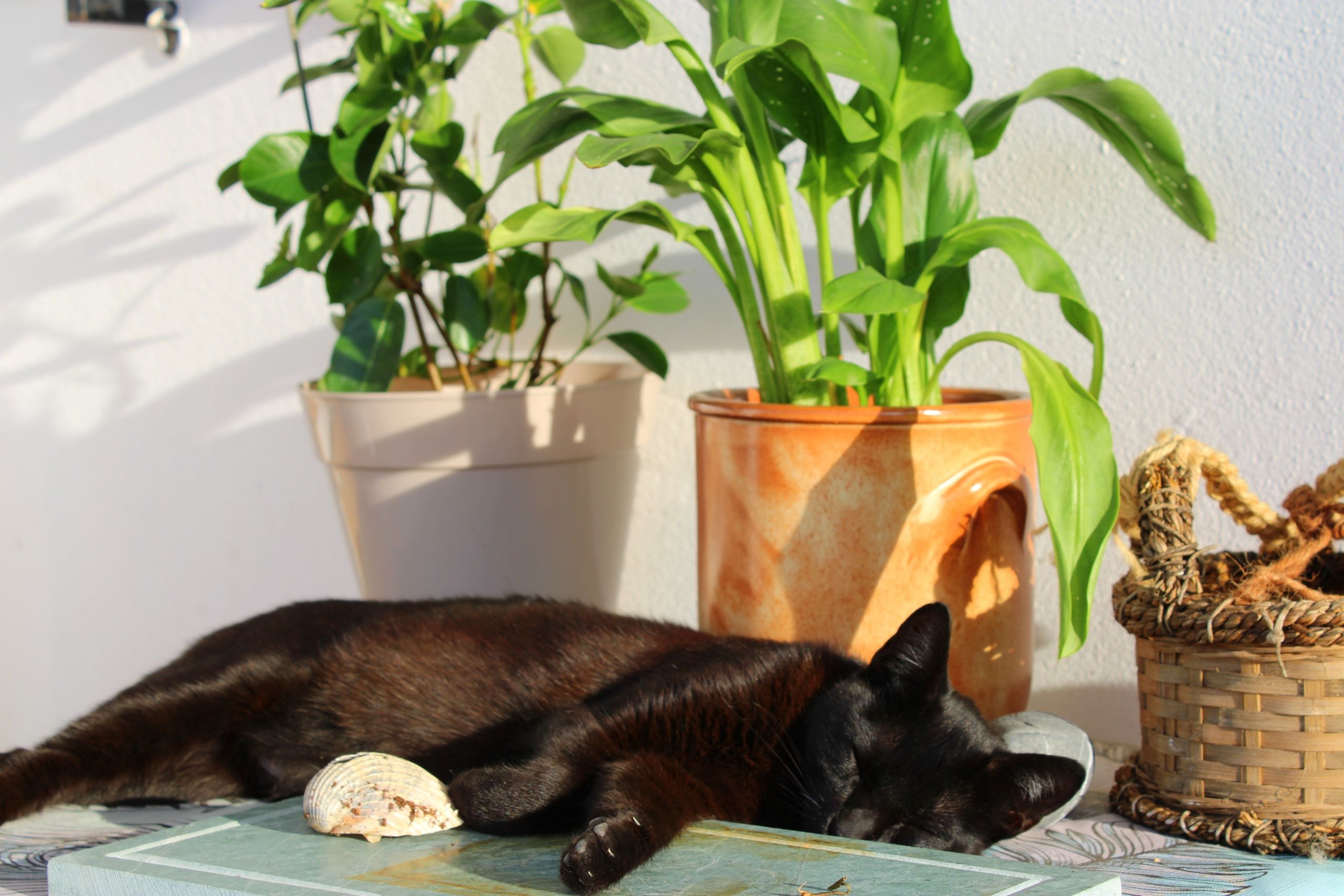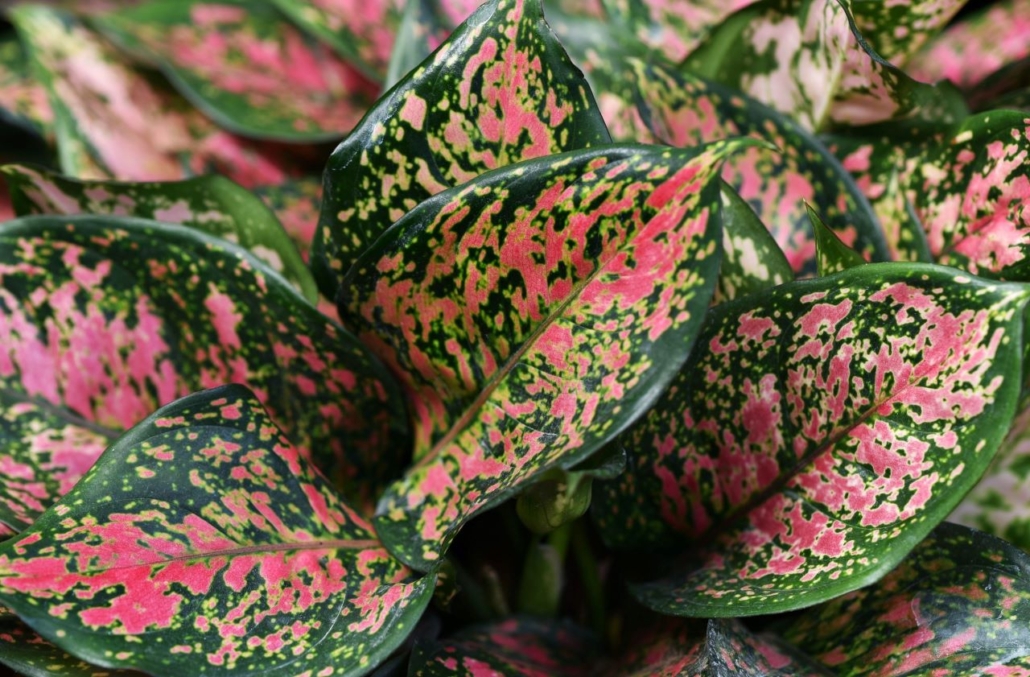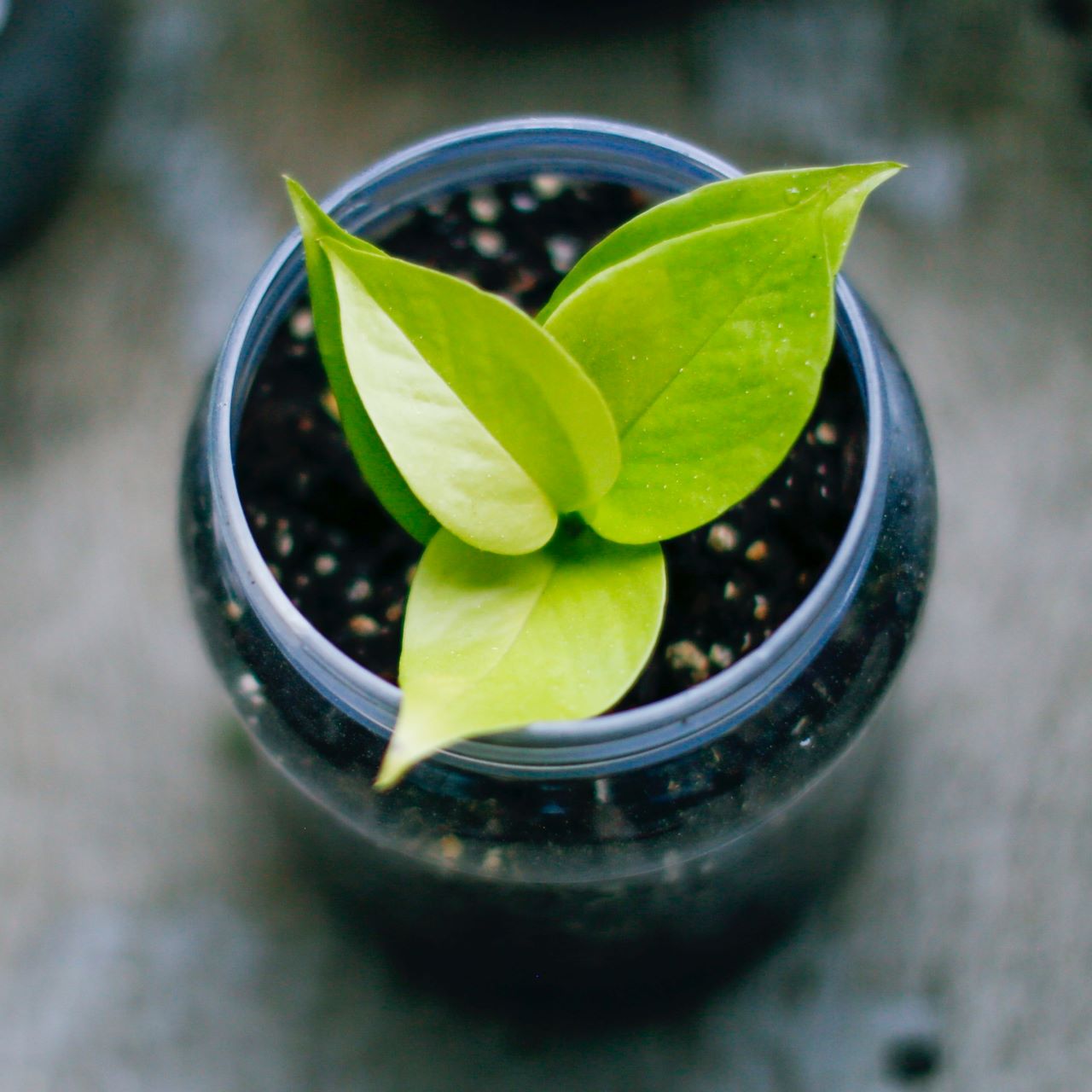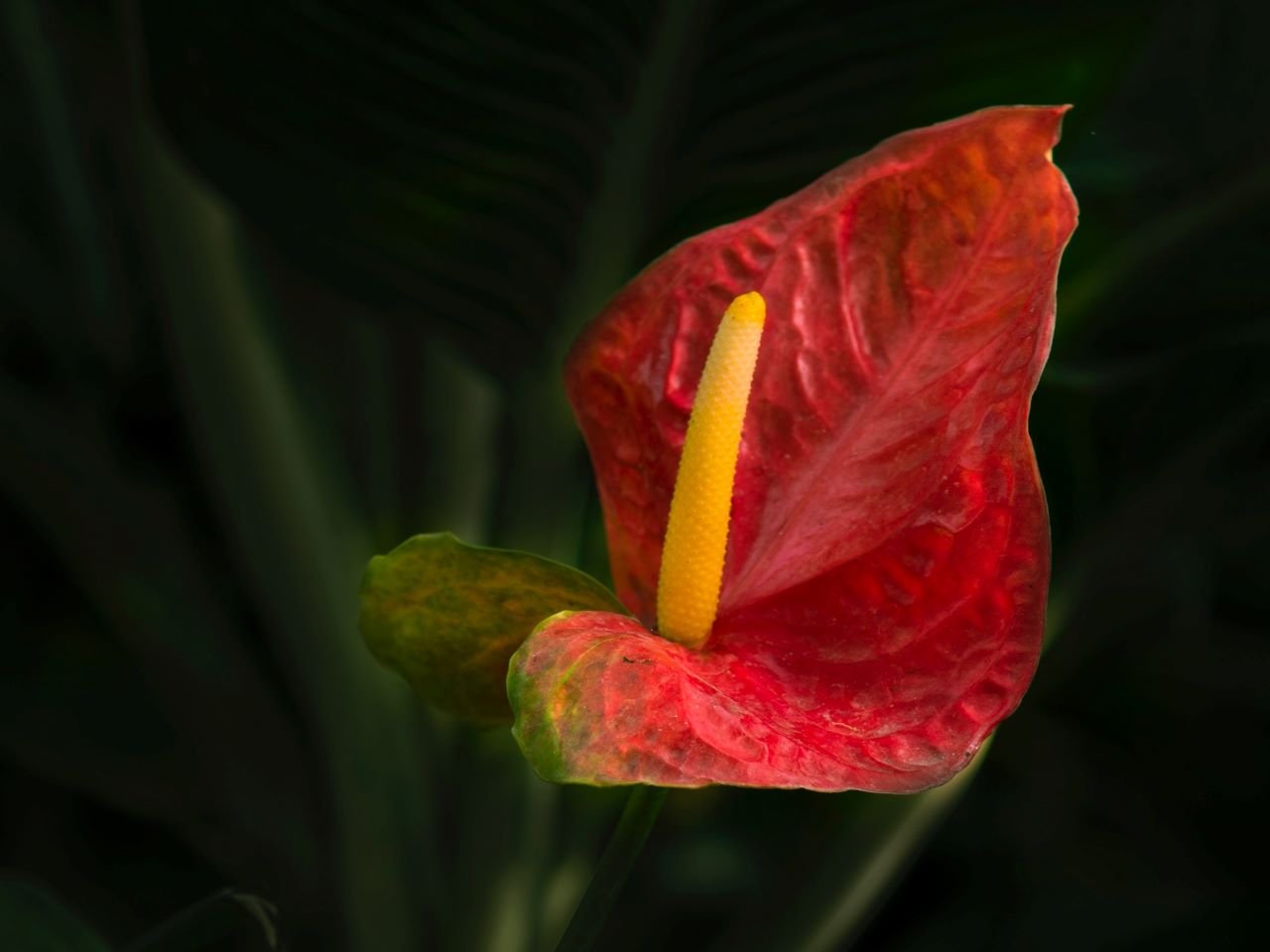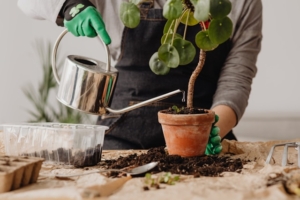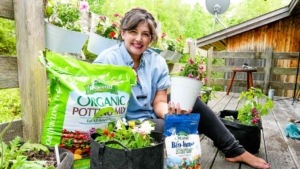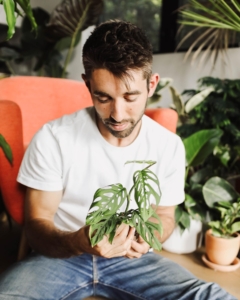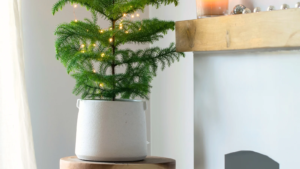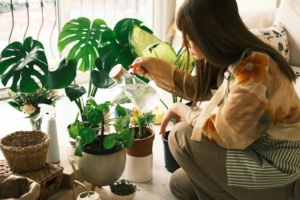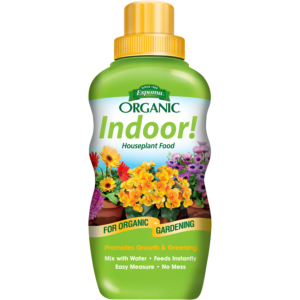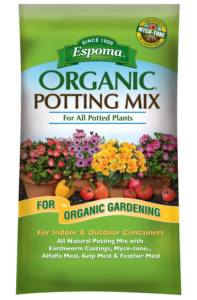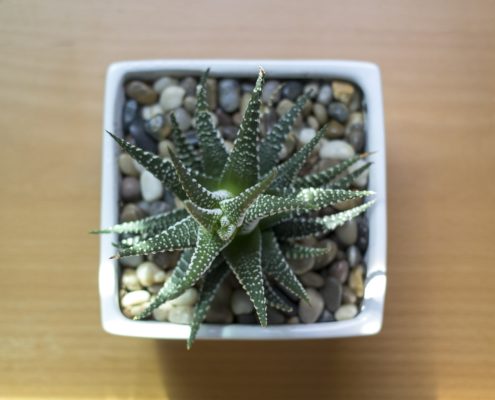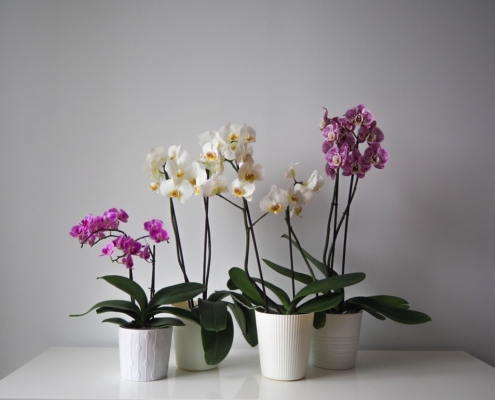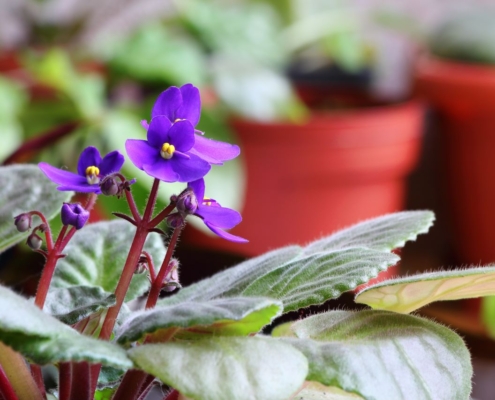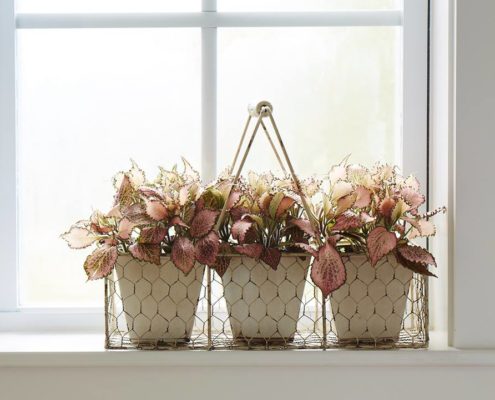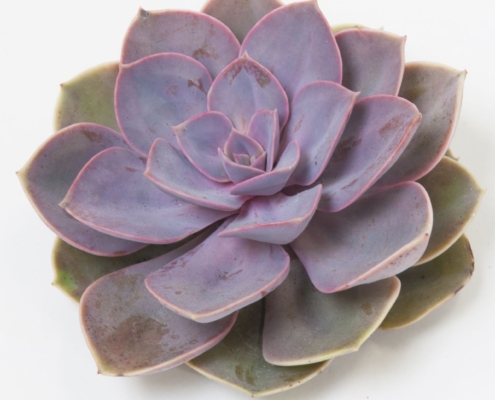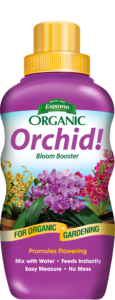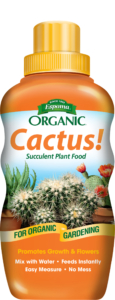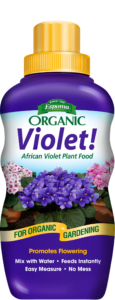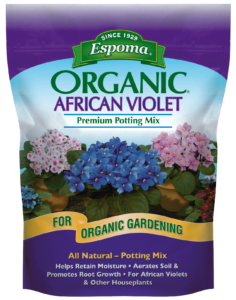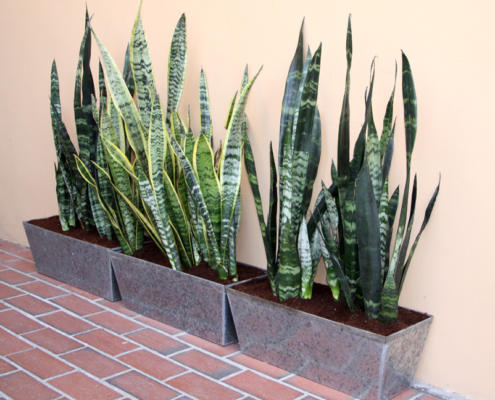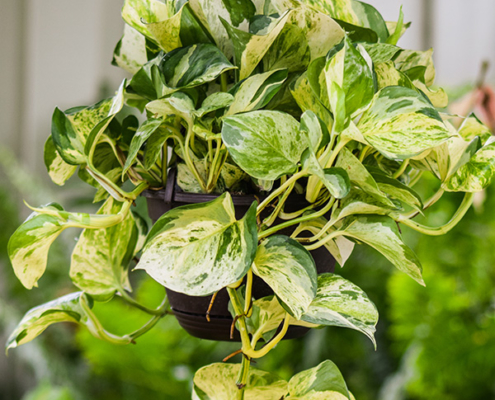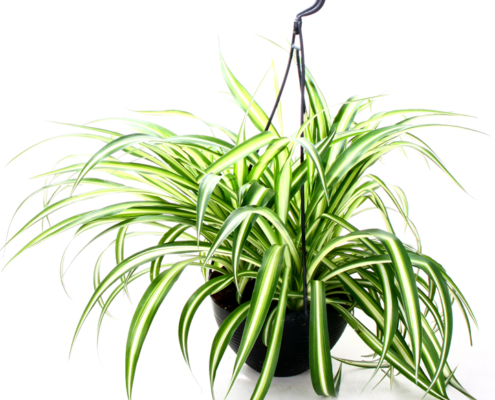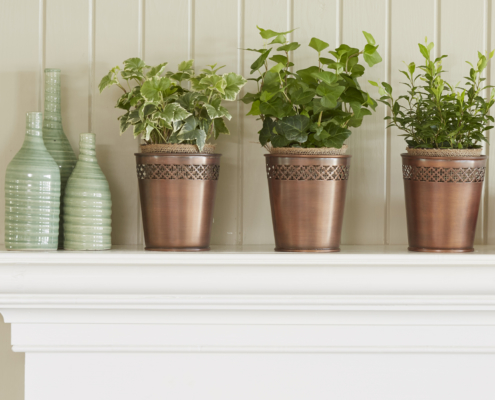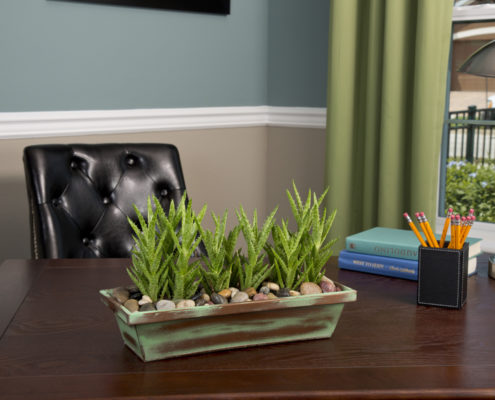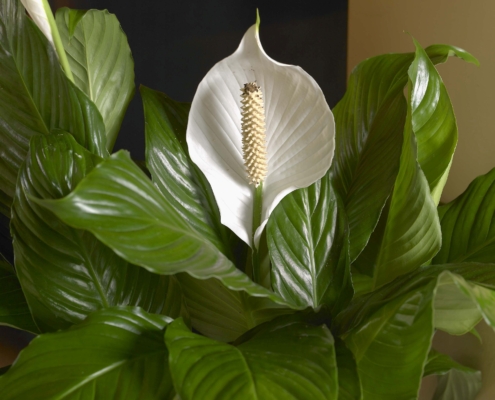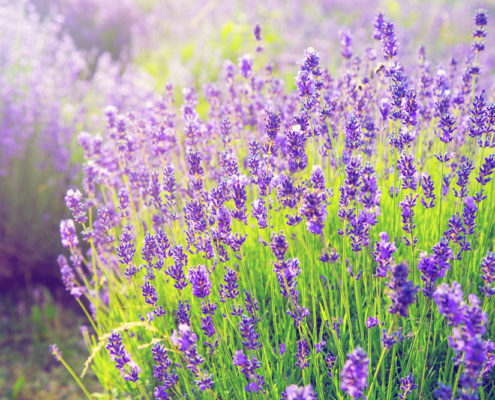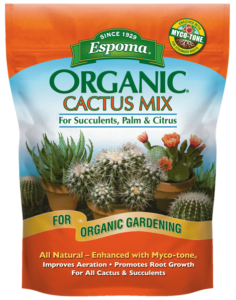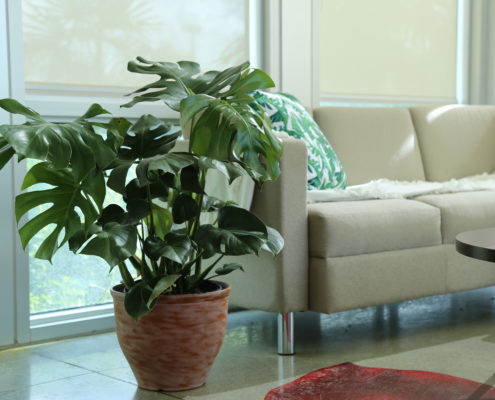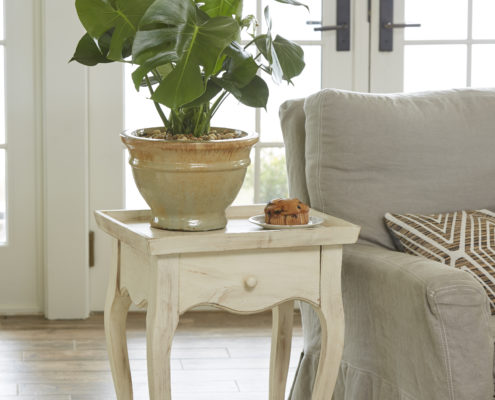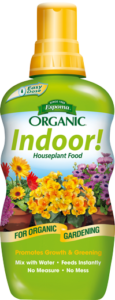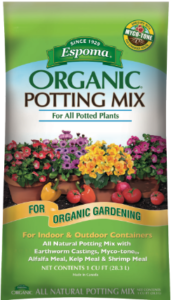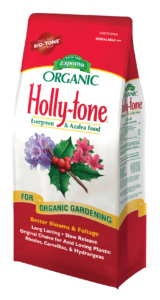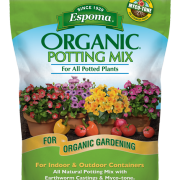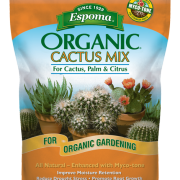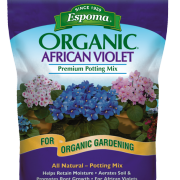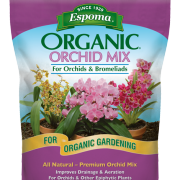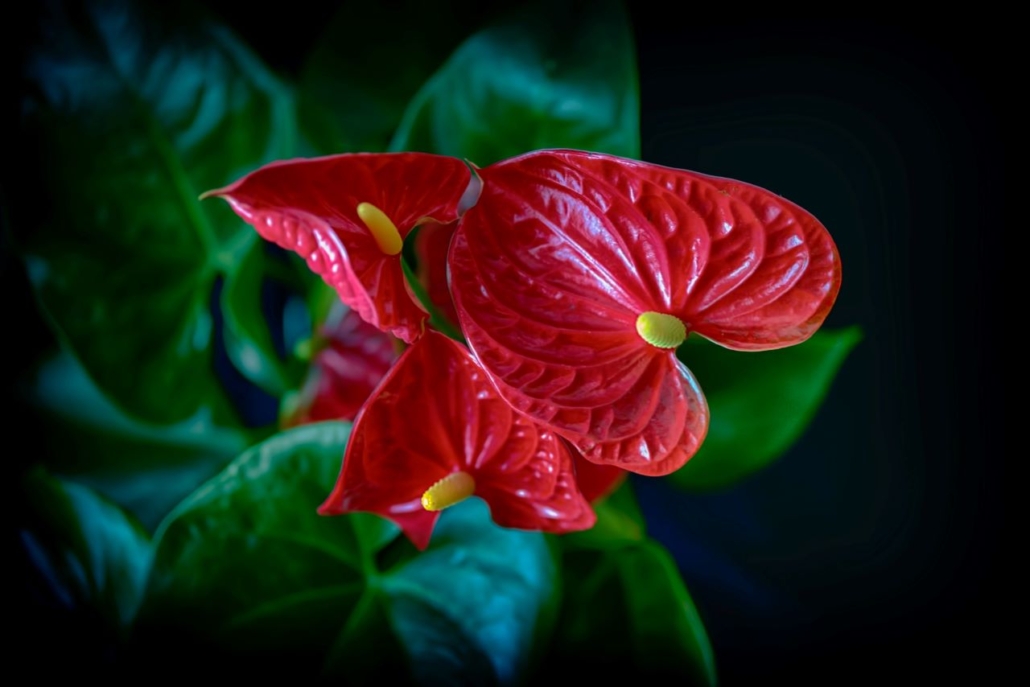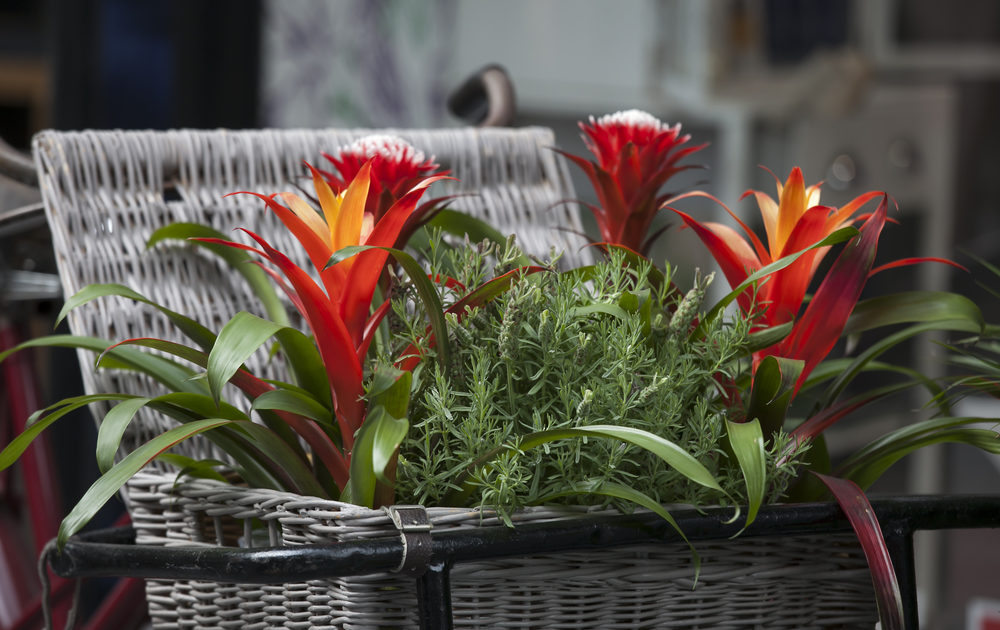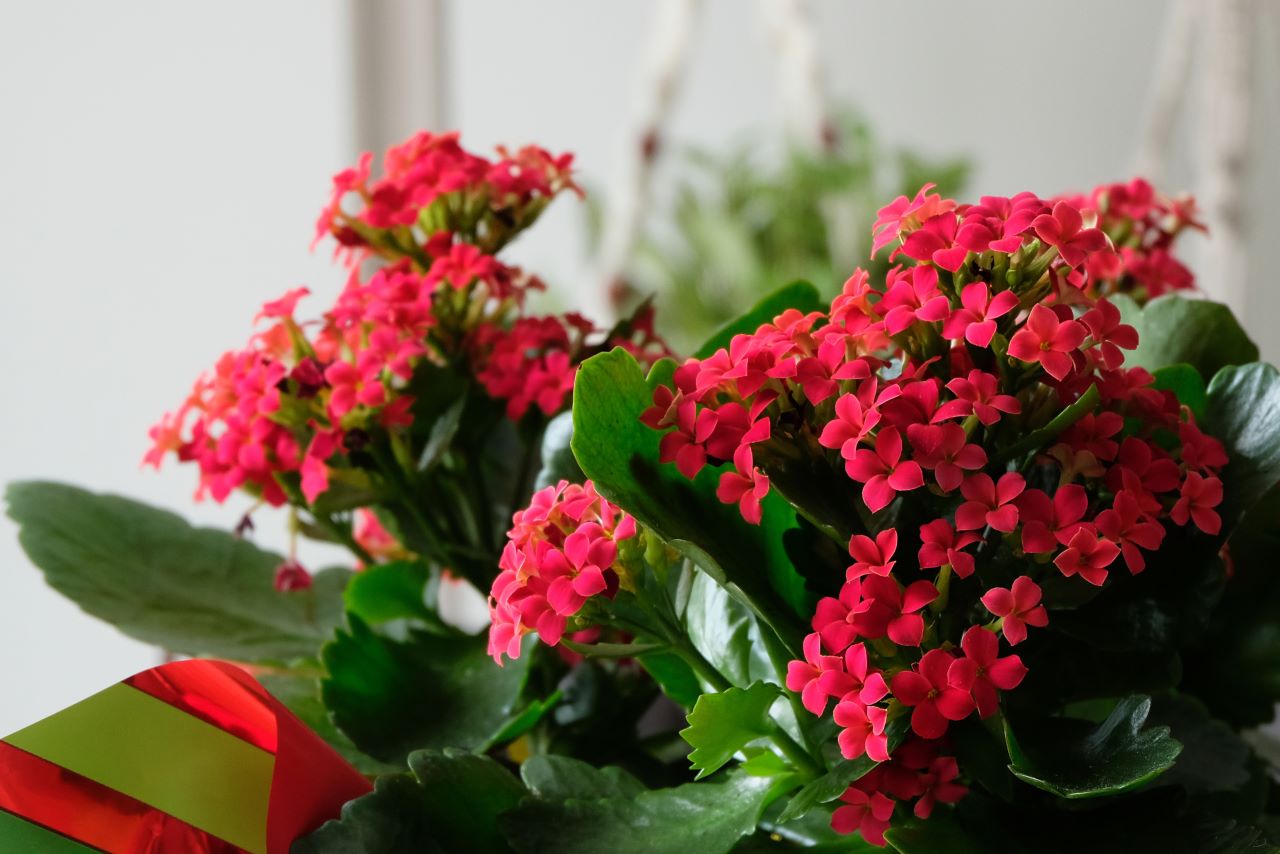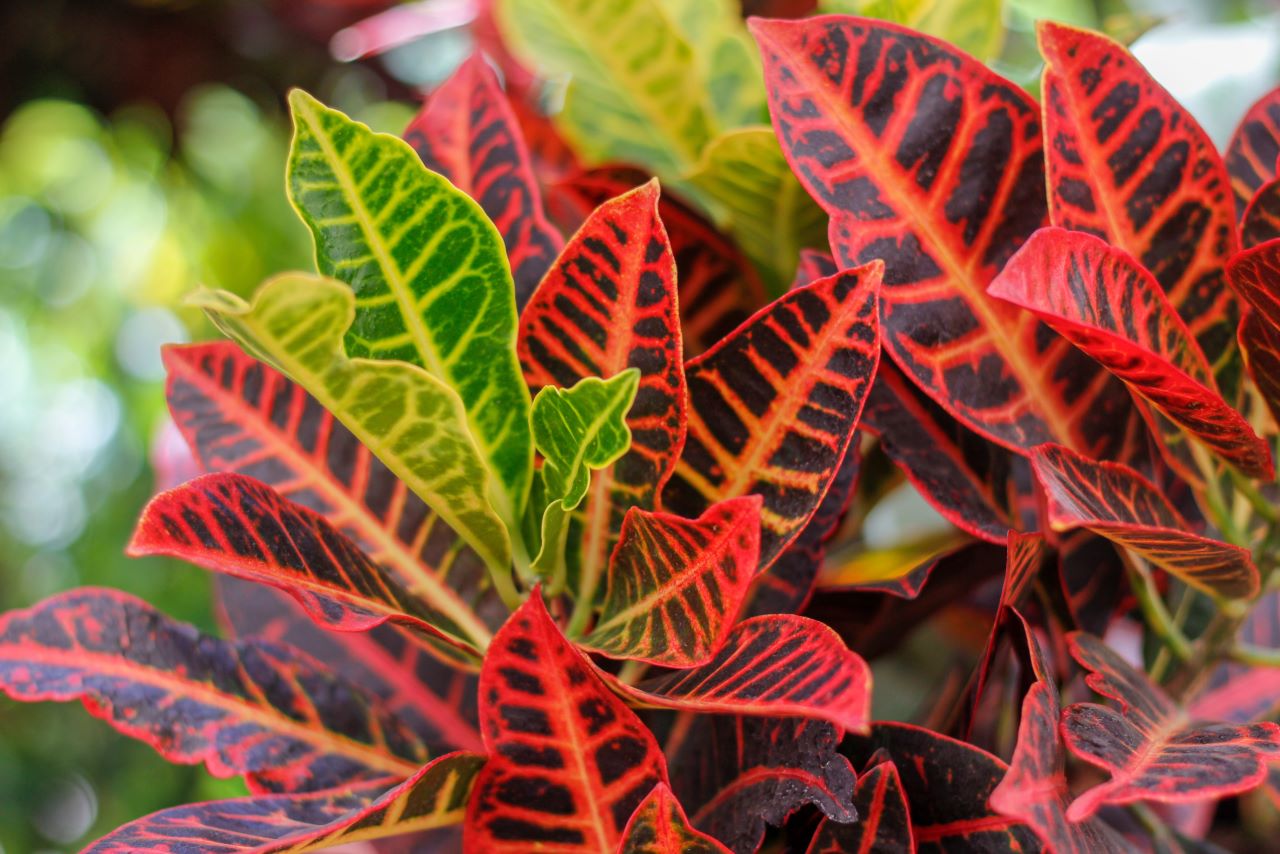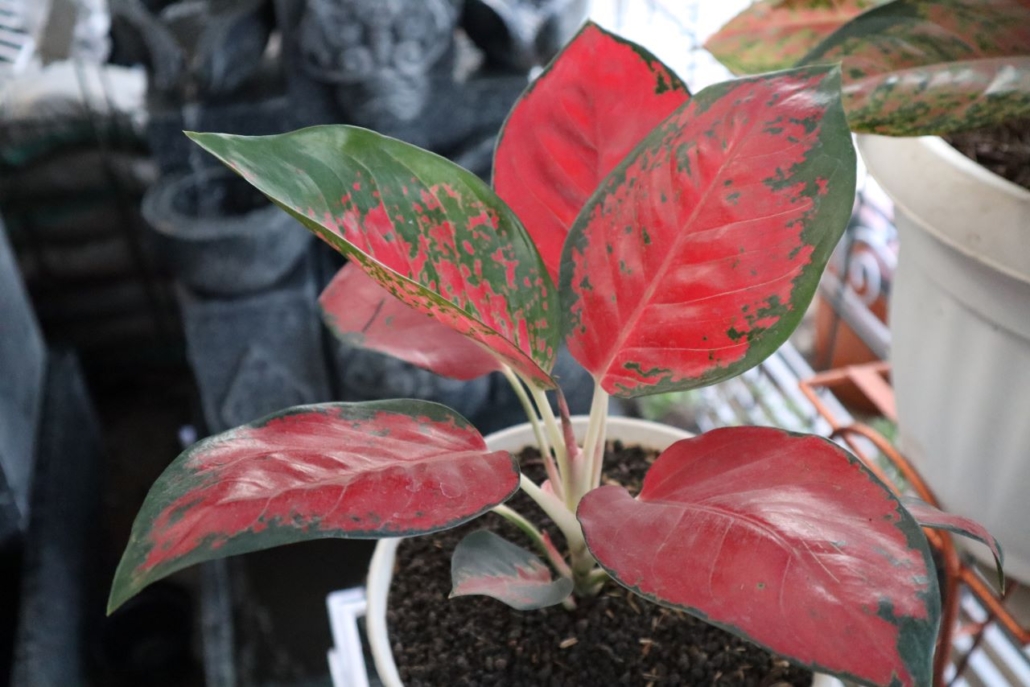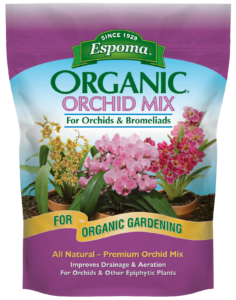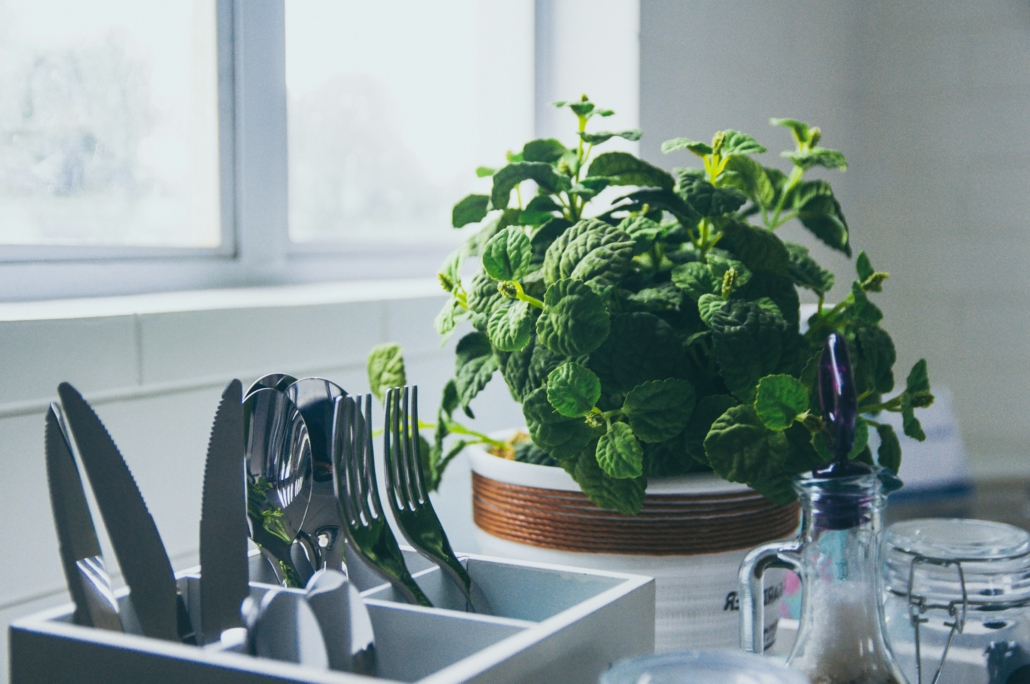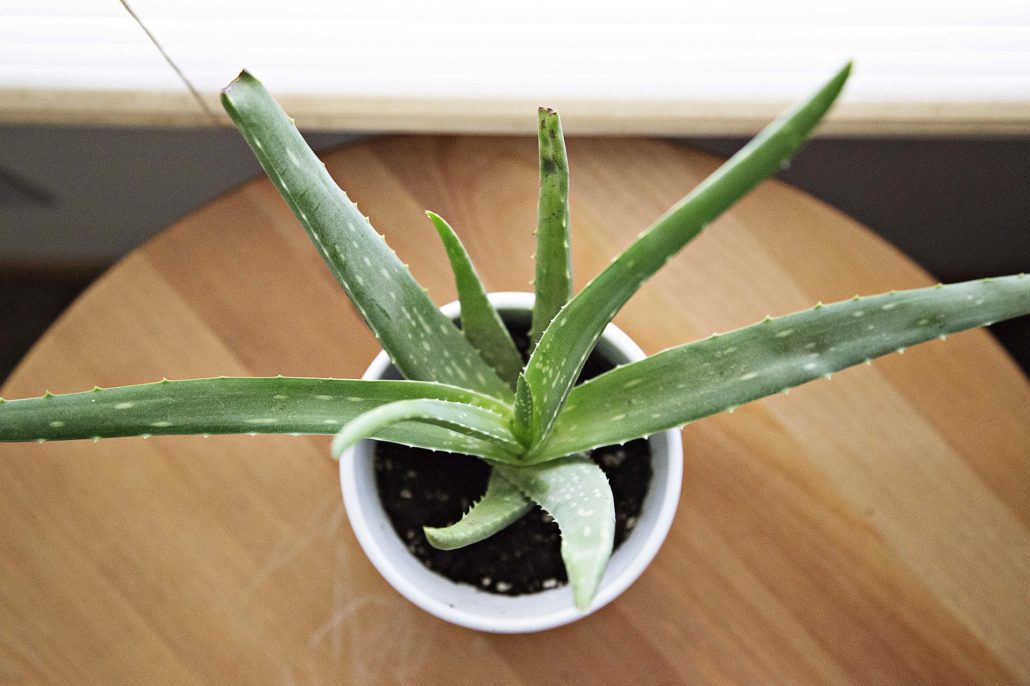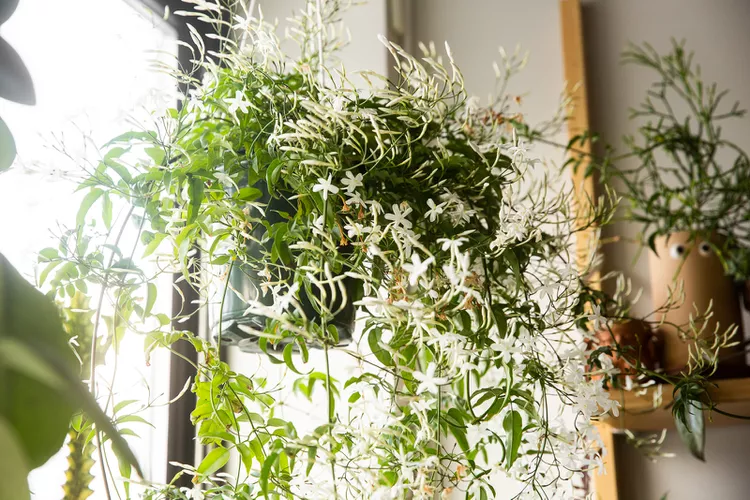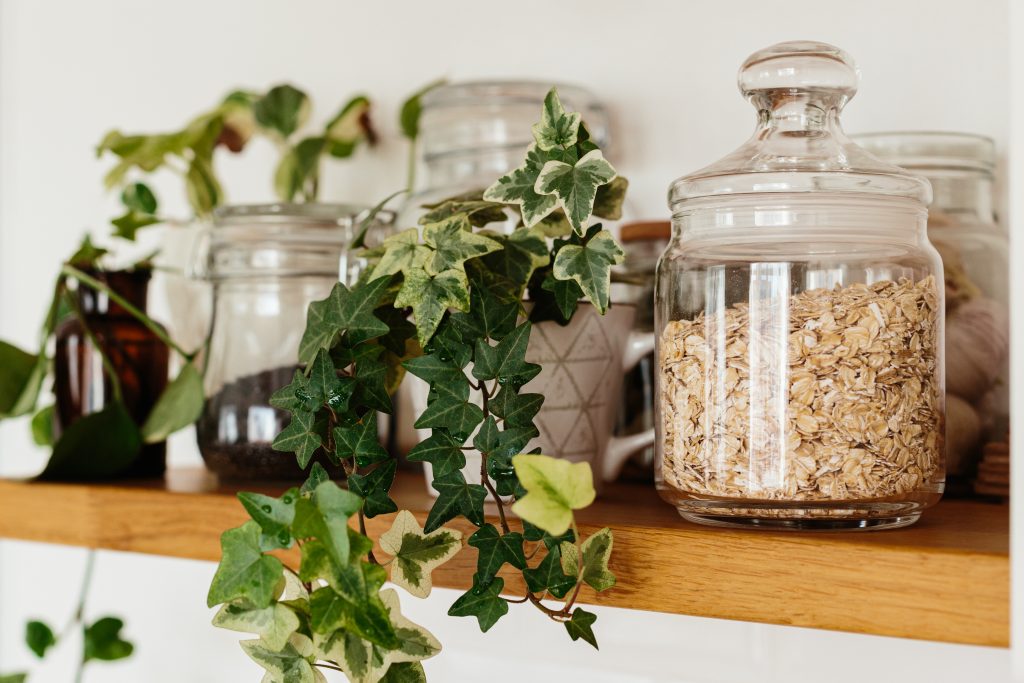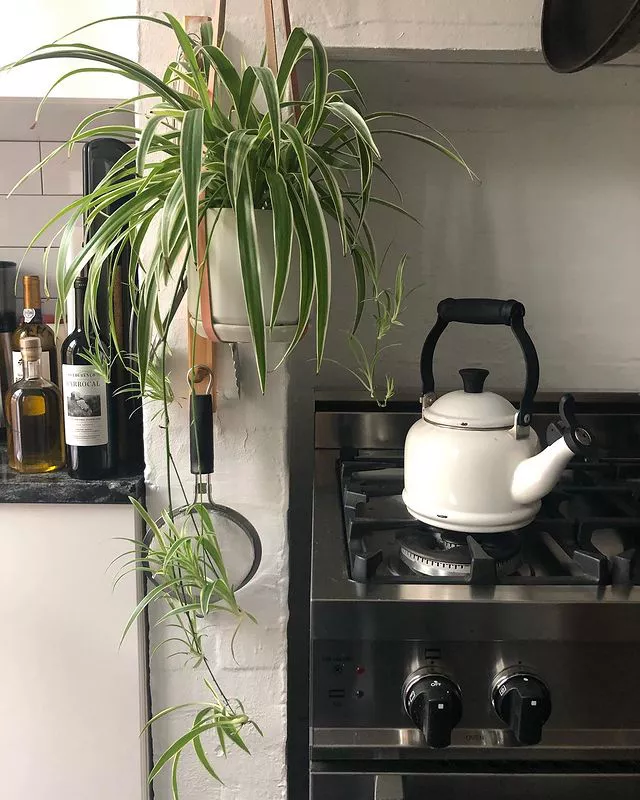Unusual Houseplants to Add Life to Your Home This Fall
With fall underway and winter on our heels, you’re probably putting away your gardening tools for the season and taking the last bits of veggies and fruits you can harvest before the ground freezes over. And if you’re anything like us, you’re probably sad to see all the greenery and colors go. But don’t let that crush your spirits! While you’re waiting for spring to arrive, you can stay busy raising colorful houseplants.
This plant has green leaves with red, yellow, and orange hues in them, so you get the greenery and some beautiful colors all in one! Direct sunlight may burn their leaves, but bright light will produce the beautiful red and pink colors — so be sure they’re receiving bright indirect light. But don’t fret if your home is low light! Your Aglaonema can still grow, it will just be less colorful.
1. Colorful Aglaonema
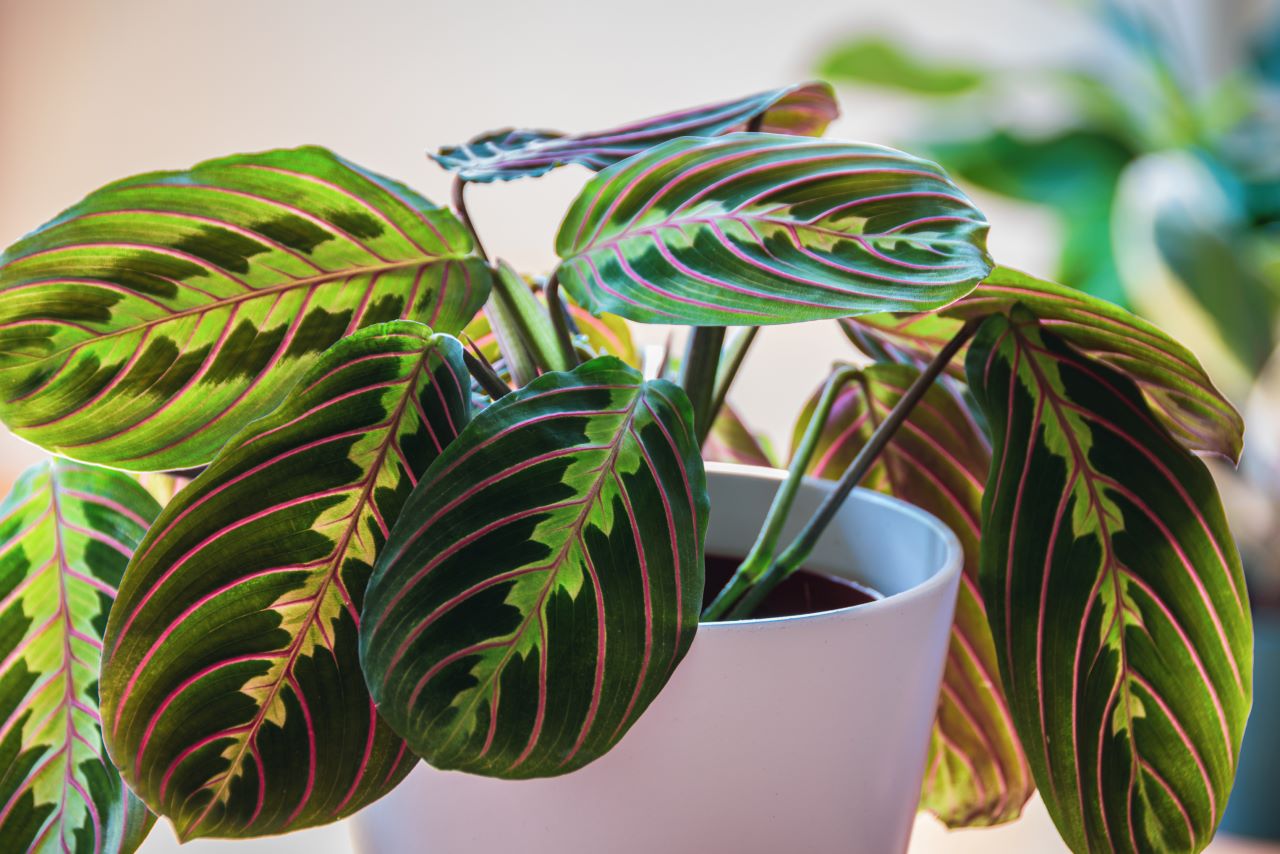
2. Prayer Plant
Don’t have space on the windowsill to put the plants? Try hanging them up! Prayer plant is a favorite of ours because it has the habit of sprawling out. It can make any room you put it up in look cozy! It has dark green leaves and purple-mauve stems and veins that give your space a classy look.
3. Neon Pothos
If you’re someone who’s going to get the blues in winter from the lack of color outside, this plant is just what you need! Neon pothos adds a pop of color to your living space and will brighten up your day every time you look at it. This will also present a good contrast to any darker-colored plants like the prayer plant or calathea. It’s an easy to grow plant that you can hang up or put it on your coffee table and let the vines take over. It needs direct sunlight to grow, but you can swap that out with fluorescent lights if your house isn’t very sunlight-heavy.
4. Anthurium
Want a plant that’ll bloom every season? If you take care of this plant right, you can have shades of pink and red residing in your house all year long! All you need to do is keep it in a well-lit place and water it regularly. This valentine’s day favorite will definitely give your house a more quirky look.
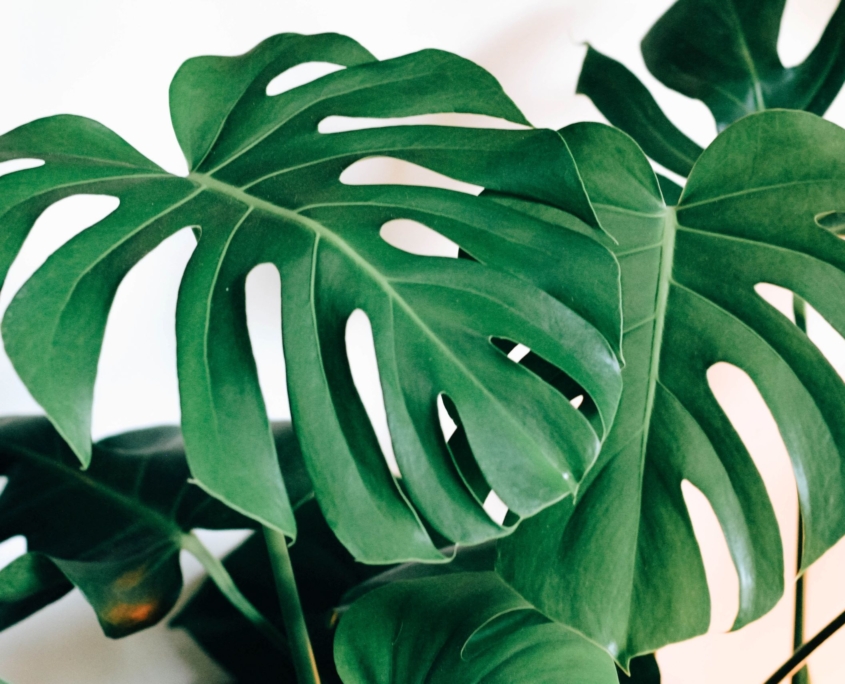
5. Monstera
You might’ve seen this one on aesthetic Instagram accounts or have it pinned on one of your “dream room” Pinterest boards. This plant has been a popular go-to for a lot of people in recent years, and we totally get why. It’s a plant with big green leaves that can be placed anywhere without taking up too much space! They can also grow in almost any atmosphere. If you’re looking to add some simple green to your room, monstera is the way to go.
Ready to head to your local plant shop yet? Stock up now so you can sit back and relax with your indoor green space this fall and winter. They’re sure to bring colorful life to your home and remind you of the upcoming spring and all of the beautiful outdoor blooms that are yet to come!
Featured Product:



